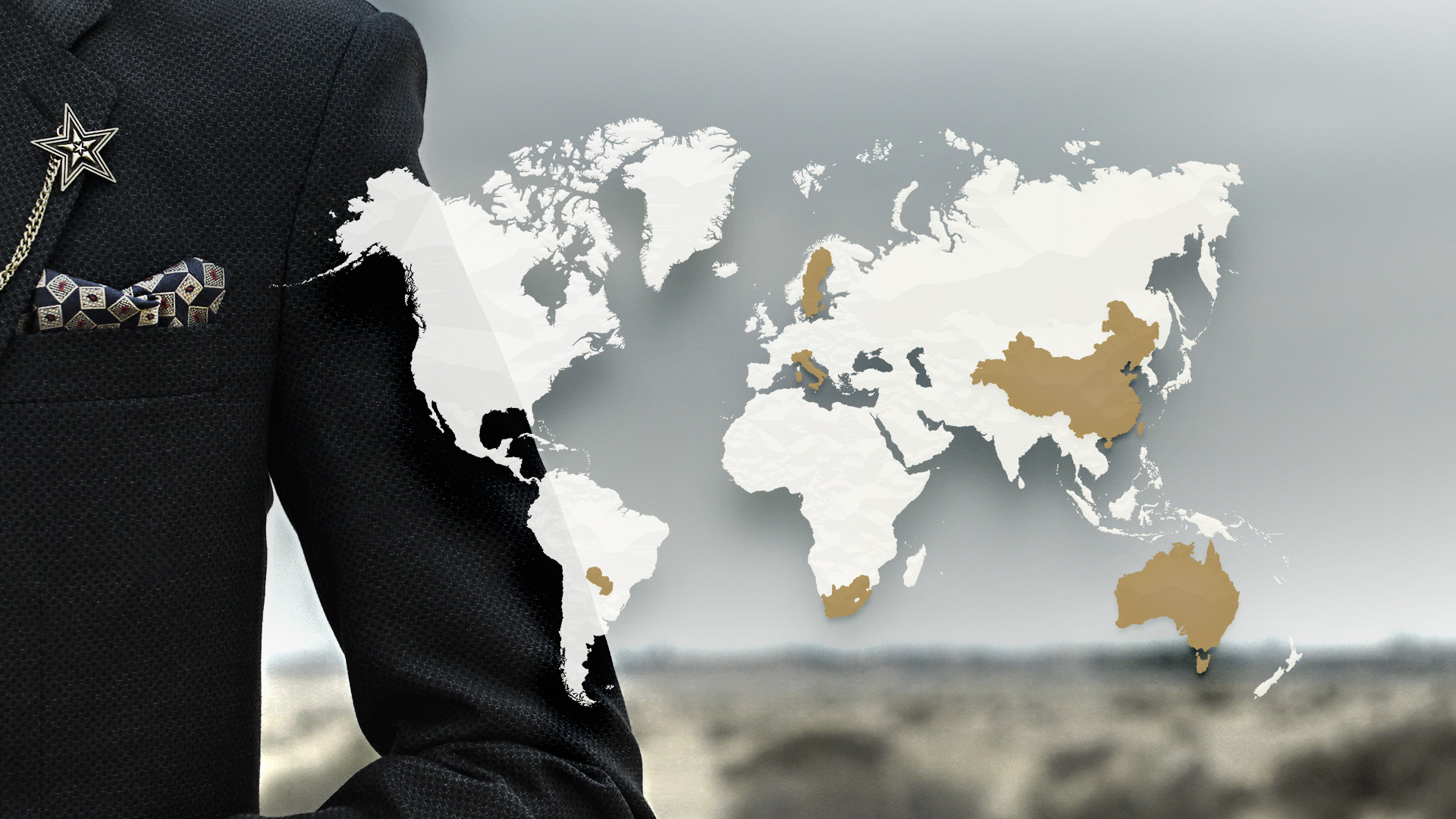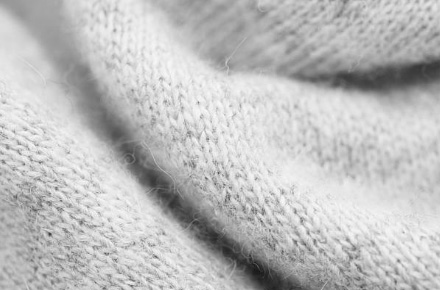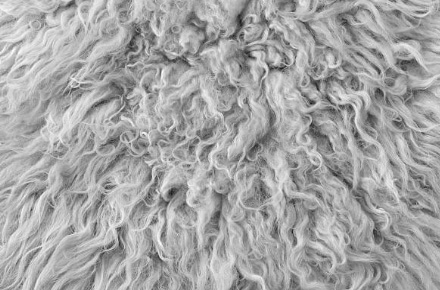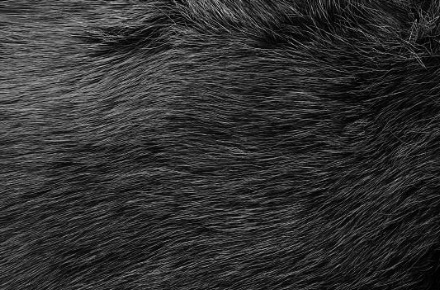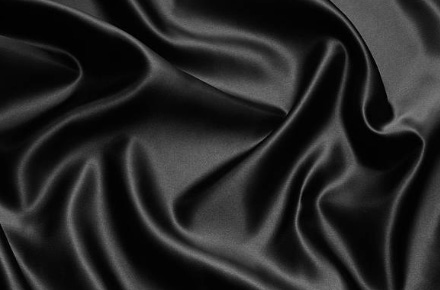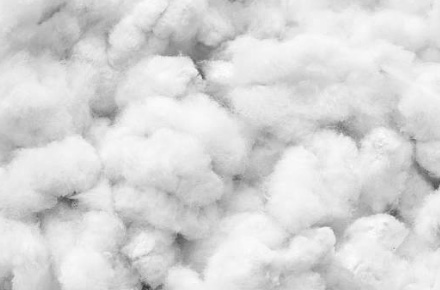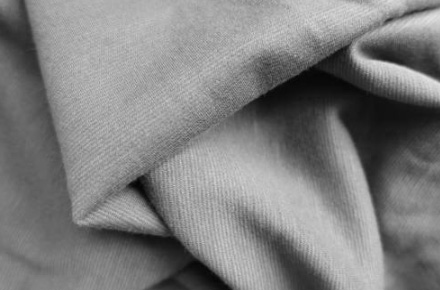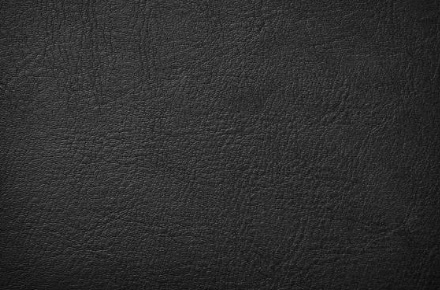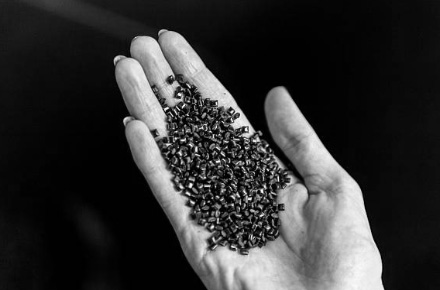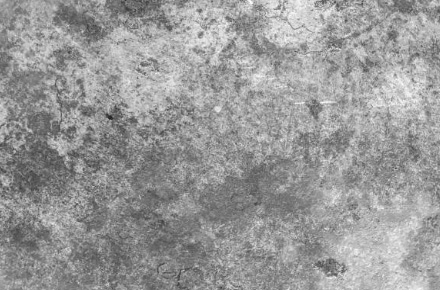NASER as a luxury high end fashion, we are still eager to make our high end luxurious products at a very sustainable level protecting the planet. Cashmere is a particularly rare and precious fiber. Also Cashmere is one of the most valuable natural materials in fashion and NASER as a sustainable brand, we will be attempting to rescue the environment of such a valuable material, we will not use virgin cashmere, and redefining waste is the future.
Innovation
NASER uses many materials but out of all, cashmere as a virgin cashmere has a big environmental damage on the planet, triple impacts of wool, this coincides with our sustainable strategy of not using the virgin cashmere on the long term, so we will use regenerated cashmere made from post factory cashmere waste in Italy. Our research shows Re.Verso™ is a unique platform for re-engineering cashmere materials for fashion, using this material demonstrates our commitment to making fashion circular, which means an industry that is restorative and regenerative by design. Cashmere waste from factories is sorted by hand, which requires a skilled touch to identify the difference between varieties of different fibres. As the majority of Re.Verso™ yarns are not re-dyed, the materials are sorted by colour and fiber, before being sent for testing to ensure fiber content and chemical safety. Re.Verso™ is also GRS (Global Recycling Standard) certified which ensure that all of the recycling steps are traceable and verified.
A creation of NASER masterpieces as pieces of garments from reengineered cashmere, we will be making a blueprint in making a redefinition of waste and demonstrating a distinguished strategy that nothing is impossible.
